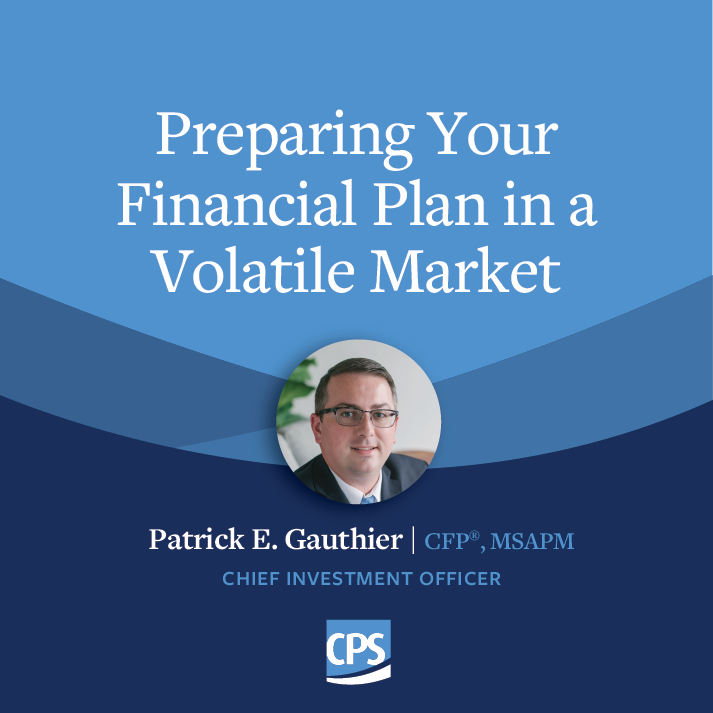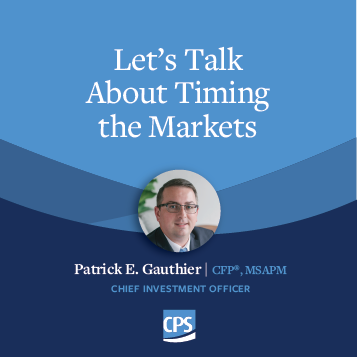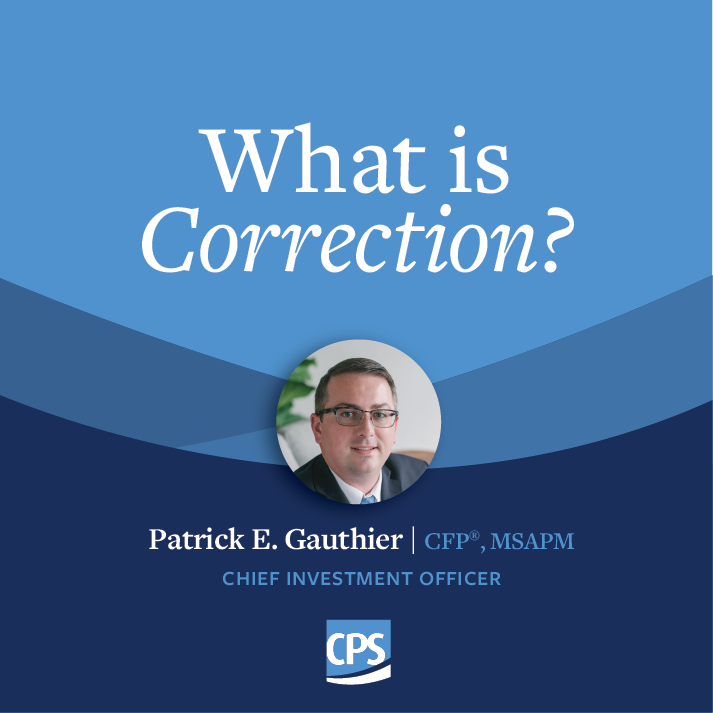Investments come in many shapes and sizes. Some are simple, some are not. On one side you could have guarantees, on the other, a world of potential. Risk and reward normally work in tandem, the more risk you are willing to take, the more reward you should expect. One particularly important measure of an investment’s value is dividend income. What is a dividend? I thought you would never ask.
A dividend is a cash distribution made to eligible shareholders. This distribution is paid quarterly or in some cases monthly. Shareholders on record prior to the ex-dividend date will receive the payout simply for holding their shares. This cash payout goes to the brokerage account where the shares are held and is yours to keep.
Why Would They Do This?
Sharing profits on a consistent basis rewards investors for choosing to allocate capital to the firm. You will find that stable, well-run companies typically have a history of consistent dividends. Companies that run in proven, predictable areas of the economy are confident they can generate earnings and continue to reward shareholders. Management will typically announce the dividend along with quarterly earnings. In most cases, they select a payout that rewards shareholders, while allowing management to run the business and invest for growth.
Management must carefully consider their dividend policy, as changes can have significant ramifications. The way a company manages its dividend policy can foreshadow the overall health of the firm and the management’s outlook. Announcing an increase in dividends sends a strong signal to the market, showing confidence in their ability to keep growing earnings. On the contrary, a decrease in the dividend would signal a lack of confidence in earnings. Managers are reluctant to adjust the dividend downward, as the market will react negatively to such news.
Why You Should Explore Dividend Income?
Investors seeking income and stability tend to favor consistent dividend payors. They like the safety of a well-run company and the consistent income that comes with it. Regular dividends provide investors with flexibility. Cash can be used to fund current needs or reinvested in their portfolio. In some cases, dividend income can have a tax advantage over capital gains income. Over the long run, dividends have accounted for approximately one-third of the S&P 500’s total return.
All Dividends are Not Created Equal
Dividends take many forms in the marketplace. The specific forms and implications are a discussion best left between you and your fiduciary financial advisor. The two main ideas to understand here are: quality dividend companies and high yield companies. Quality simply means well-run firms with predictable revenues and profits. High yield refers to companies that may be more speculative in nature. The combination of these two ideas leads investors to seek out a higher rate of return for more risk, and this often leads to a high dividend. It is always important to understand why one firm would pay significantly more than another. Knowing the business behind the stock is still key for evaluating dividend payers. Ask yourself: how are the companies in my portfolio generating revenue? How reliable are they? How will their management’s commitment to dividends play a role?
Ask your advisor what role dividend-paying stocks can play in your portfolio.
Patrick E Gauthier | CFP®, MSAPM
Senior Portfolio Analyst






